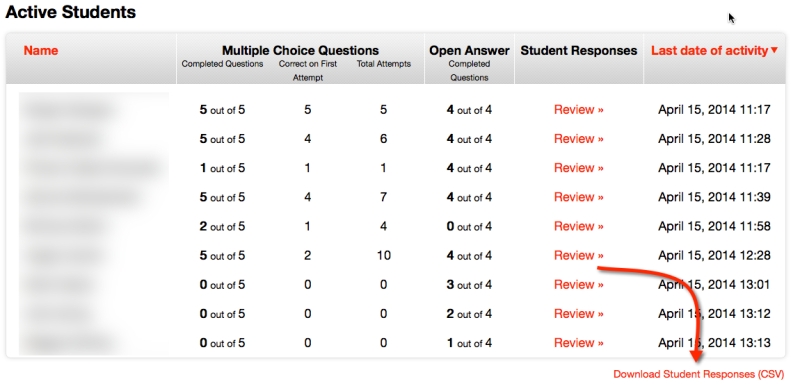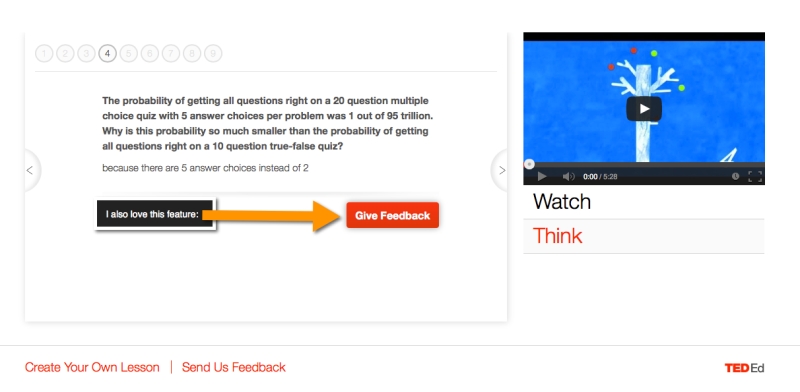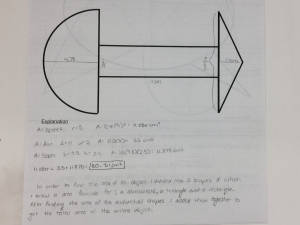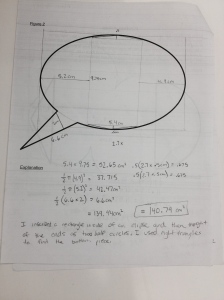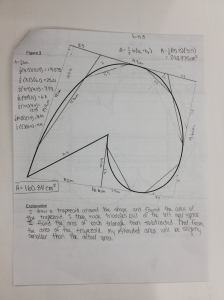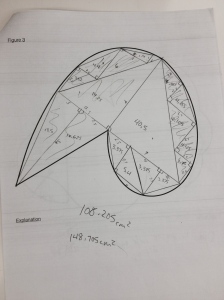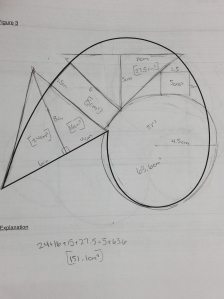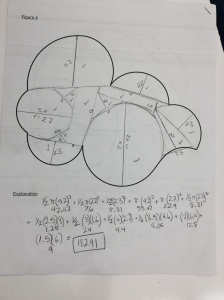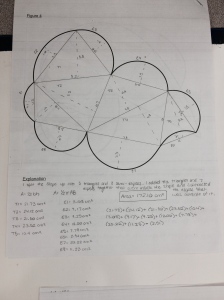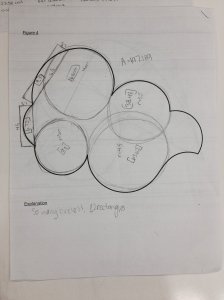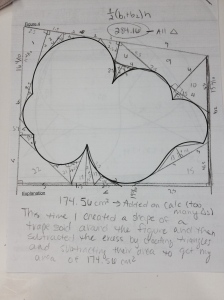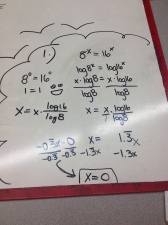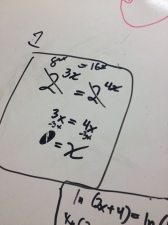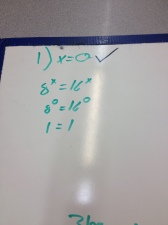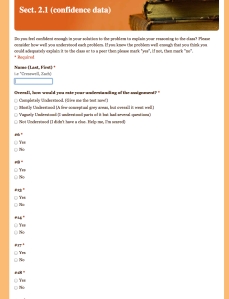The ability to explain things clearly is a necessary condition for being a good math teacher.
Many conversations in some circles are around creating activities that help students construct knowledge and understand concepts more deeply. This is great!
But young teachers need to know that explaining concepts clearly is foundational to those activities.
Not that I’m in a position to do it much, but when I talk to young teachers I tell them to teach primarily with direct instruction/guided practice/independent practice/formative assessment their first couple of years. Focus on getting the content solidified in your own mind and explaining it well. Once you have it vividly in your own mind you can then develop (or bring in) activities and more advanced pedagogy.
There is a real risk that leaning into those kinds of activities without the ability to explain it well will result in students being confused and feeling lost – consistently. This has implications for classroom management, culture, and ultimately student learning. All of that can be compounded by other factors, such as the age of your students and their mathematical abilities when they come to you.
I think we sometimes forget the role that explaining plays in our own learning. Imagine looking up a youtube video for how to change a headlight and the video starts off with “I want you to take some time and explore the area around the light bulb and consider how you might change the light bulb. Push and pull on different things. What questions do you have about the different pieces of the headlight casing?”
You’d move on to the next video.
“But,” I hear you say, “learning mathematics isn’t like learning how to change a headlight. We want students to understand the mathematics deeply, not just to be able to perform the actions!”
I’m with you. Let’s pull back and assume you’re trying to teach about the entire electric system of the car. Teaching explicitly (by which I don’t mean purely lecturing, but balancing lecture with guided practice and independent practice) about the electrical system will allow you to understand the entire system more deeply.
From that depth of understanding you will be able to generate more targeted and effective inquiry activities. Most importantly, you’ll have a knowledge base from which you can pull more effective explanations and questions. As you deepen your knowledge you will learn what concepts are best taught explicitly and which are best taught through inquiry activities.
And it’s not as if you are giving your students a bad education in the process. I don’t want you to think this is merely about suspending good teaching so you can understand algebra II better. Students will learn if you’re teaching explicitly well. Maybe not maximally, but it’s certainly not an exercise in suspending student learning for teacher depth of knowledge.
The best teachers are pedagogical ninjas, with strong foundational principles coupled with the ability to respond and adjust in the moment. When you graduate college with a math degree you might be very strong mathematically. But just as being strong is only part – and probably not the most important part – of being a good martial artist, the strength you get from a math degree does not translate directly into being a great teacher.
Get good at explaining things clearly so students understand that you’re competent and trust that you can teach them well. This will help you manage your classroom, especially early on in your career before you’ve developed a reputation. It will give you richer knowledge of your content. Then gradually bring in inquiry activities in targeted ways. To bring in one more analogy, you can’t build a nice house on a weak foundation. It doesn’t matter how nice the landscaping looks if the house is on a slant and basement fills with water every time it rains. Even if the landscaping is what people see when they drive by – and your favorite thing to talk about.



